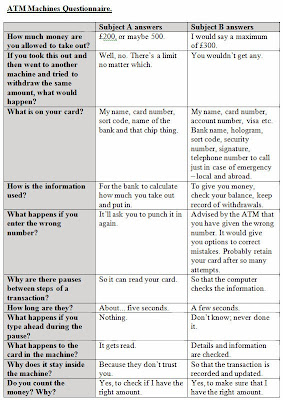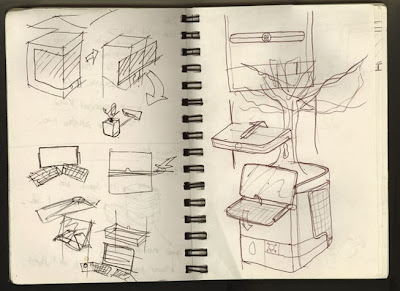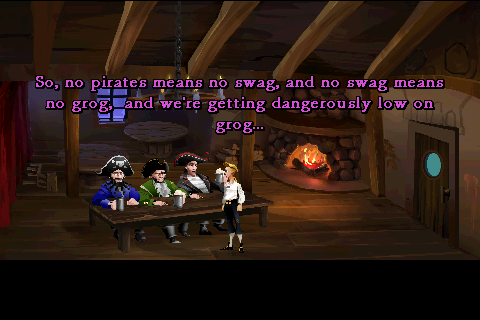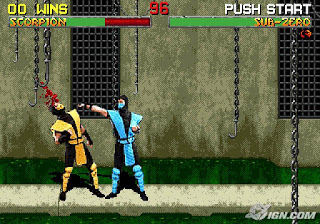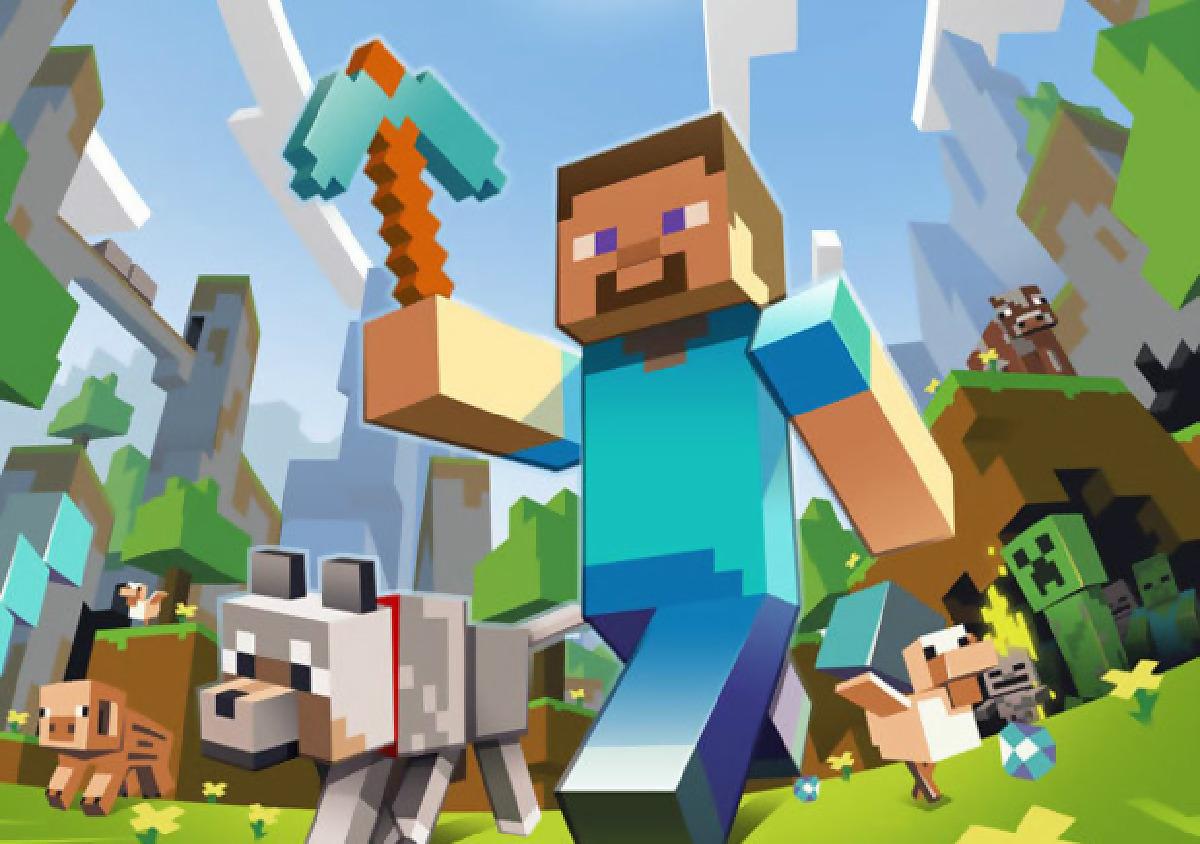This chapter considers aspects of socialising, and the technologies and designs that underlie it in formal and informal settings. It also highlighted concerns of social acceptance within certain interactive technology, which is critical for the success or failure of their functions and use by people working and collaborating with each other.
Assignment:
Visit an existing 3D virtual world such as the Palace, habbo hotel or one hosted by Worlds. Try to work out how they have been designed for taking account of the following:
- What is the purpose of the virtual world?
- What kinds of conversation mechanisms are supported?
- What kinds of coordination mechanisms are provided?
- What kinds of social protocols and conventions are used?
- What kinds of awareness information are provided?
- Does the mode of communication and interaction seem natural or awkward?
I had a look at the three suggested in this question, but I'm just going to go with the one I like and understand most: Minecraft.
(a) General social issues
What is the purpose of the virtual world?
At a glance, or according to the official website, or Mojang: Minecraft is a sandbox game about breaking or placing blocks. People originally built structures to protect against nocturnal monsters, but as the game grew and more players joined, the creative possibilities were endless. A greater purpose I see in this indie game is that of a far more engaging, educational tool for younger people. It allows them to learn and express themselves creatively. That's a very enriching experience that we should use more often, as I have said in a previous post.
Players can optionally build their own world without other players, or create a world and then turn it into a server, inviting other players to join. They can then collaborate to build far more intricate environments, mine resources together, help each other fight monsters, maintain various aspects of a large area they've built upon, modify each others creations in order to improve their functions, bring various creative skills and input into the realm that's been created, and many other things.
What kinds of conversation mechanisms are supported?
It's a pretty basic, turn-based instant messaging system. I started playing Minecraft by joining an online server, which had about 20 or more people playing online. The game supports a mechanism akin to MSN, and other forms of messaging that people are accustomed to in real life, like texting.
Players also tend to use TeamSpeak, proprietary voice-over internet protocol software. I have seen that others use it for more instant collaboration, and it saves typing on the instant messaging screen, which players have to stop their characters in order to bring up.
What kinds of coordination mechanisms are provided?
Minecraft provides robust support for verbal communication. The non-verbal seems to have found itself more naturally through rudimentary forms of gestures I've discovered from collaboration with other players; such as waving (this is usually the attack button, but it doesn't harm other players - just monsters and animals), throwing cake and other items at each other, jumping, even looking at each other in an instance that says one is waiting for the other to catch up. Players can see where your head is turning to look, so you could probably nod or shake your head by moving the mouse accordingly, which controls where you look. These gestures present far more intricate ways of communication, and if it doesn't work then there is always the instant messaging interface, which you can bring up by pressing T on the keyboard. Whatever you type and press enter to will appear on the bottom of the screen of every other player online.
.png)
An illustrative example of the conversational interface as well as the collaborative element of seeing the players. The blue, humanoid pony with the big eyes and rainbow hair in front of me is my sister's character. The building behind her is an Inn we had gathered resources to built.
There are also rules and user guides for the player to see if help is needed. There are various people who provide server support and hosting, but there are rules in place, which can vary greatly, that players can consult once they have joined. They are normally displayed in the messaging screen once one logs into an online server. These rules inform other users and help coordinate shared activities. Maps I believe are another part of the collaborative mechanism. Depending on the server, players can use various forms of commands available such as transporting themselves in a marked spot or to another player - the commands are typed into the messaging interface.
What kinds of social protocols and conventions are used?
These are usually conversations that you would often have in real-life and other online instant messaging i.e.
"Hi!"
"Hi!"
"How are you?"
"Good thanks. Yourself?"
"I'm alright, ta."
etc. etc. etc.
This can also be comparable to the varied context of online chatrooms or groups, as there are usually more than just two players online. Players are in addition conscious of the organisation and appearance of the virtual world, which work to replace many of the aspects of the conceptual model with chatrooms and instant messaging. For instance, users in a chatroom or on MSN often have a display picture and profile. This is not so much the case with Minecraft, but they do have various "skins" applied to their own character that work as an avatar, reflecting their own personality. My character has a H.P. Lovecraft skin, obviously to say to all the other players that I'm a massive fan of the 20th century horror writer. People can also make their own skins if they feel that they cannot find one that is appropriate, or use skins made by other players.
All of these aspects are reflected by social convention of face-to-face conversation (not that they have to be within proximity of each other for conversation but it adds a sense of more intimacy).
What kinds of awareness information is provided?
Minecraft users are aware of who is around them via visual representation, and if not they can see who is currently logged on via a key button. It is far more subtle than the likes of Second Life.
Does the mode of communication and interaction seem natural or awkward?
Minecraft is natural for the most part. But it is also unique in that the gameplay and creativity are the other major elements, so communication is not necessarily at the core of this game. Communication is in most ways familiar, due to our acquaintance to similar forms of messaging. The overall look and feel of the virtual world is natural. The communicative gestures may seem awkward, but people have naturally caught onto what they mean a lot of the time.
(b) Specific interaction design issues
What form of interaction and communication is supported, e.g. text/audio/video?
Minecraft supports text, audio in a way (TeamSpeak is not a part of Minecraft, but often an external element), video, computational.
What other visualisations are included? What information do they convey?
The visual style is provided mostly by the creativity of the players, who develop whatever structures that exist in this world through mining resources.There is this overall resemblance to Lego, and that gives off the impression that you can place blocks in various locations to build something.
How do users switch between different modes of interaction, e.g. exploring and chatting? Is the switch seamless?
Seamless. It's only a key on the board. If a user is exploring he/she can easily start chatting with someone else just by stopping the character and switching to the interface. Gestures are not directly integrated.
Are there any social phenomena that occur specific to the context of the virtual world that wouldn’t in face-to-face setting, e.g. flaming?
People naturally don't feel as inclined to being polite online, and it could be said for Minecraft as well. However, it does depend on the group you have joined. I've had the pleasure of making really good friends through my first group (even met one of them in person), because they were very polite and with a good sense of humour. That, coupled with playing the game was an enriching experience.
But I have seen in other groups some undesirable things happen, such as "grieving." This is a type of activity where one player destroys another one's creation. It usually happens in very large groups.
What other features might you include in the virtual world to improve communication and collaboration?
Maybe some system of emotional gestures, but I would want that to be seamless and not take away from the gameplay experience. To be honest, Minecraft is cute, pretty and enriching enough. There is very little I would add to it in terms of communication. There is a lot of freedom to it as it is, and as I've mentioned, communication isn't the most important element of the game. It might be with other Massive Multiplayer Online Games such as World of Warcraft, but then that's almost entirely a different game in its own right.
Funny how I should say that...



.png)


